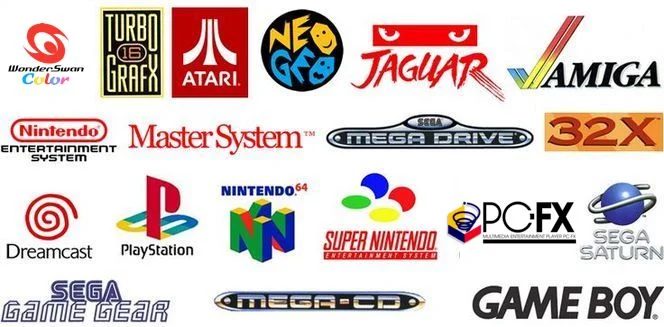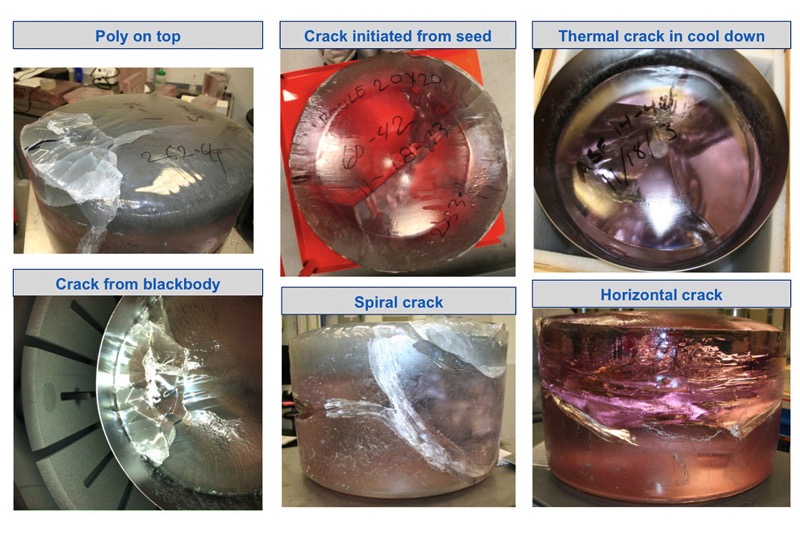
Apple Shares Glimpse of Failed GT Advanced Sapphire ‘Boule Graveyard’ [PIC]
The Wall Street Journal has shared new details in the story of GT Advanced and how it failed to fulfill its obligations in a sapphire deal with Apple.
The day of GT Advanced filing for bankruptcy, it surprised Apple as both companies had planned to meet the following day to ease the former’s financial difficulties, in trying to meet its obligation of producing sapphire glass for the iPhone.
The following summarizes what went wrong in the whole ordeal:
The Apple-GT marriage was troubled from the start. GT hadn’t mass-produced sapphire before the Apple deal. The New Hampshire company’s first 578-pound cylinder of sapphire, made just days before the companies signed their contract, was flawed and unusable. GT hired hundreds of workers with little oversight; some bored employees were paid overtime to sweep floors repeatedly, while others played hooky.
In other words, it sounds like GT Advanced bit off more than it could chew. GT Chief Operating Officer Daniel Squiller previously told a bankruptcy court Apple had coerced it into a deal that “dictated pricing”.
In Apple’s letter to creditors—which it gave a preview to the Wall Street Journal—the iPhone maker said blame was “squarely at the feet of GTAT’s own management,” adding “We never wavered from our commitment to make the project successful.”
Apple currently consumes one-fourth of the world’s sapphire supply to produce covers for its iPhone camera lens and Touch ID home button. The demand for greater supply led Apple to GT Advanced, where both companies signed a $1 billion deal last year, to make 30 times as much sapphire as any other plant in the world, at a plant in Mesa, Arizona.
When it came time for GT Advanced to create a sapphire boule for the first time days after the deal, the latter wasn’t able to create a proper usable boule:
On Oct. 31 of last year, GT and Apple signed an agreement, a few days after the first 578-pound boule emerged from a GT furnace. The cylinder was cracked so badly that none of the sapphire was usable, people familiar with Apple’s operations said.
According to sources, GT Advanced reassured Apple yield rates would improve and the Cupertino company gave them another chance based on the former’s previous track record.
To produce a synthetic 578-pound boule of sapphire would cost $20,000 and take 30 days to make; sources say more than half of the boules created were unusable.
GT stored unusable cylinders in rows in an area of the Mesa factory that employees labeled the “boule graveyard,” people close to GT’s operations said.
Below is an image of cracked boule cylinders made by GT Advanced, as documented by Apple in a letter sent to creditors:

GT Advanced said a three month delay due to power outages and building the facility itself caused them to fall behind in production; Apple again blamed GT’s failures purely on “mismanagement.”
Here’s a timeline of some more details:
- April 2014: Apple withholds final $139 million to GT Advanced, citing failure to meet output and quality targets
- GT Advanced spent $900 million to get the factory up and running; Apple only provided $439 million.
- June 6, 2014: GT Advanced executive Thomas Gutierrez went to Cupertino to explain production problems and “fall on his sword”; it was then decided to abandon 578-pound boules for smaller 363-pound cylinders instead.
- August 2014: 14-inch sapphire bricks would be carved to simulate iPhone 6 and iPhone 6 Plus, then cut lengthwise to create screens. The problem: workers discovered in August 500 bricks were missing, mistakenly sent to recycling instead of shipping but eventually found. Anonymous GT Advanced sources say Apple was inconsistent in their standards for sapphire boules, accepting some that would previously would have been rejected.
- Sept. 2014: GT tells Apple they have cash flow issues and asked for the final $139 million loan
- Oct. 1, 2014: Apple agreed to pay $100 million of the $139 million, delay the repayment schedule, increase the price it would pay for sapphire and relax exclusivity agreements, with plans to discuss the arrangements on October 7.
- Oct. 6, 2014: GT chief Mr. Gutierrez calls Apple to inform them of bankruptcy protection; sources say GT hid their bankruptcy plans from Apple to prevent the latter from stopping them.
When surprising news broke of GT Advanced seeking bankruptcy protection, their shares plummeted 93%, eliminating $1.4 billion in market value—but not before executives had sold shares before the announcement.

